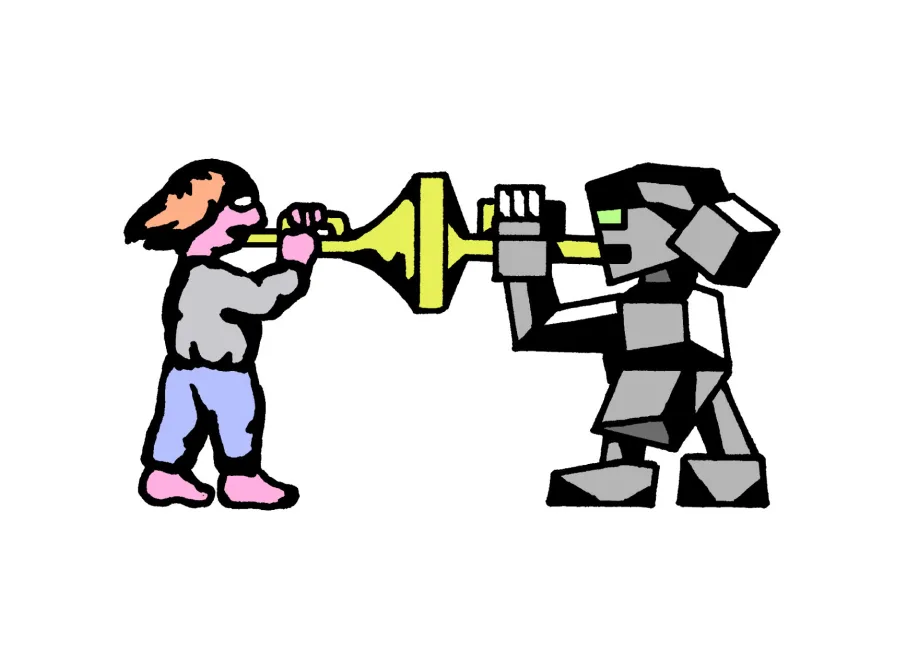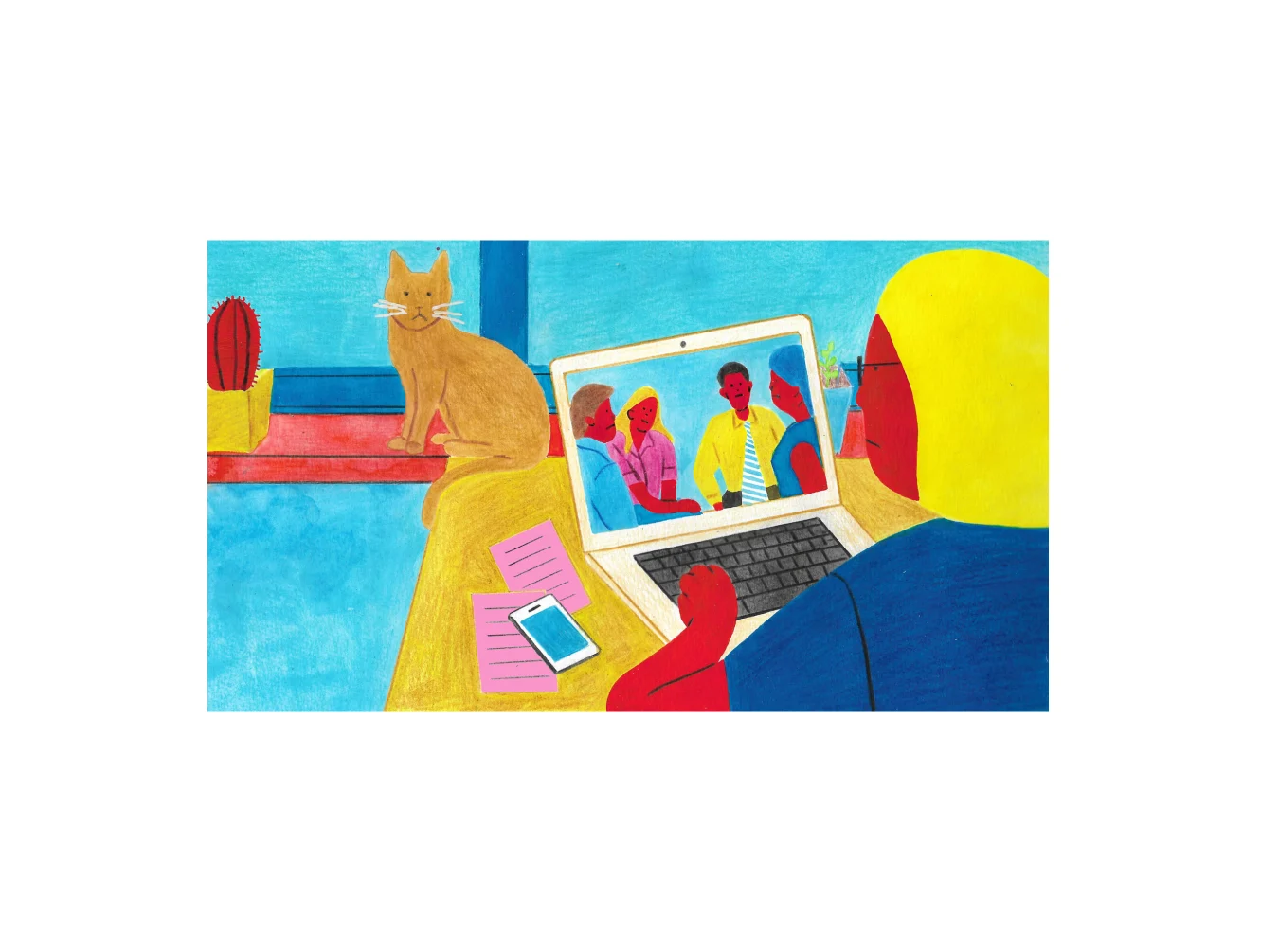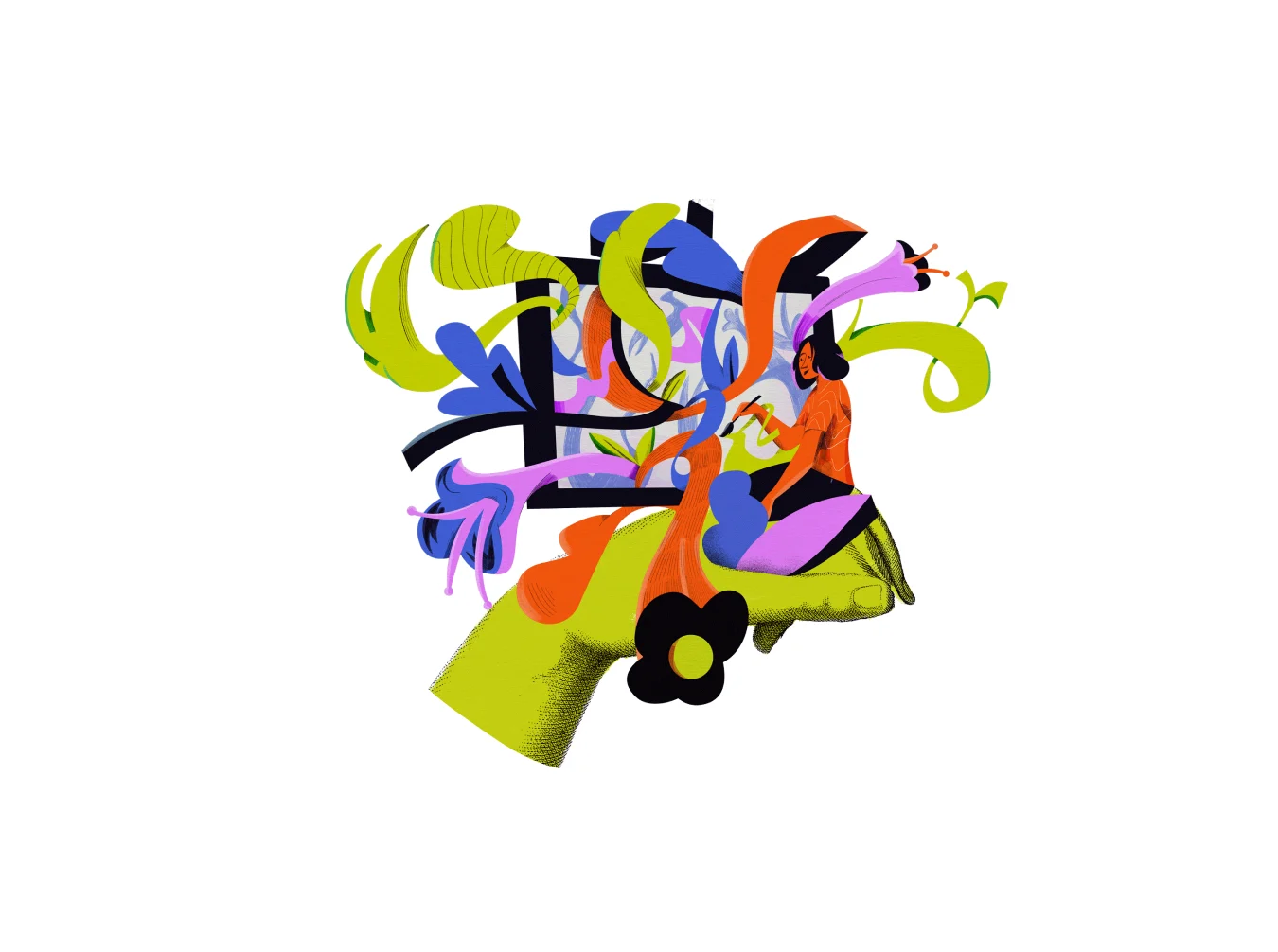
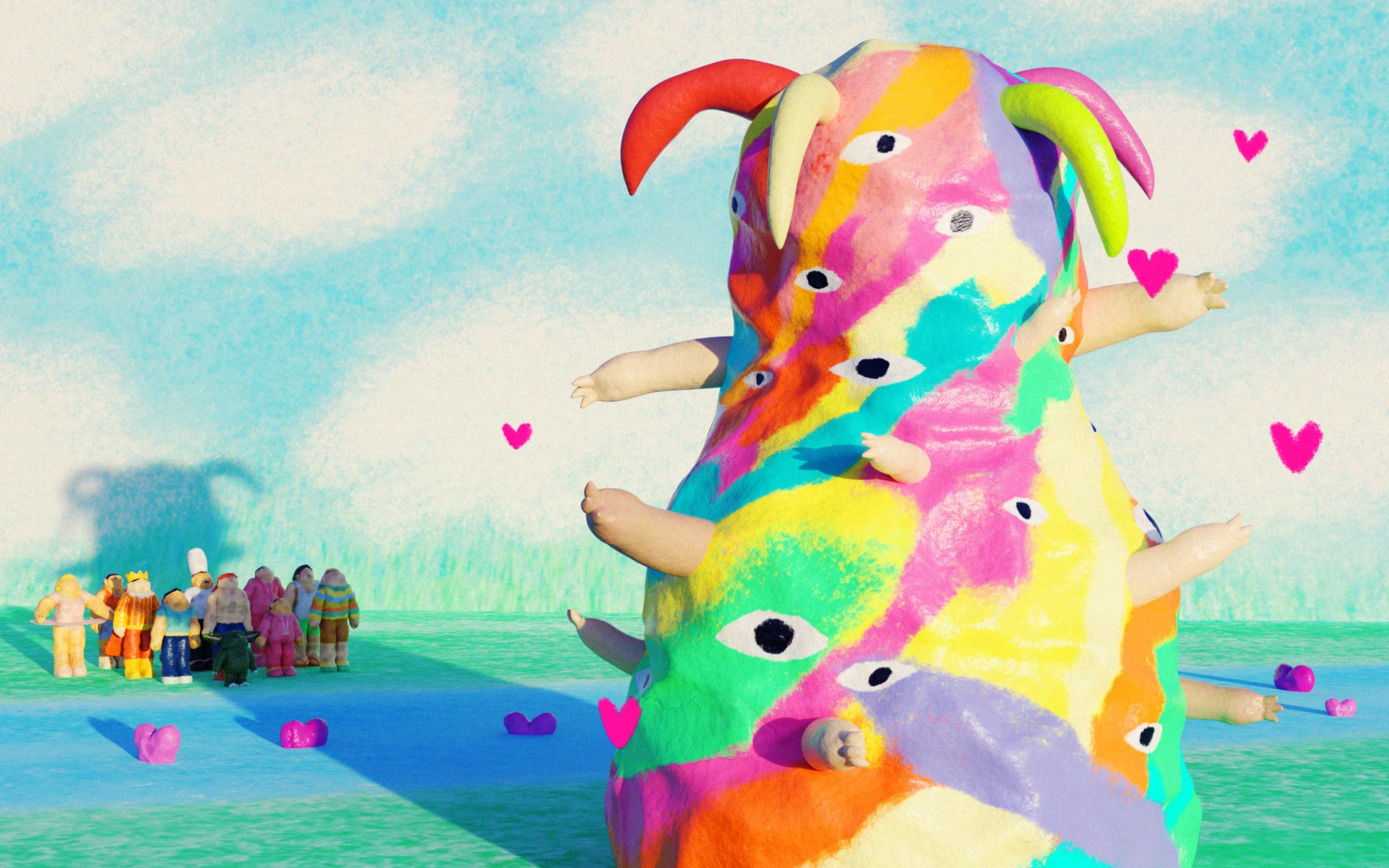
Instagram has surpassed one billion monthly users, but relative social media newcomer TikTok is nipping at its heels. If you do want to start capitalizing on the platform that can make you a viral sensation (or, let’s face it, a laughing stock) overnight, then read on as James Cartwright explains the ins and outs of the social phenomenon.
Illustrations by Joanne Joo.
If you follow this column religiously (I’m sure one of you does) you’ll be aware that the previous article in the series looked at some ways and means of going about setting up a great Instagram account and explored some of the professional pros and personal cons of promoting work on the platform. What we didn’t really delve into was the fact that Instagram is just one of many platforms where a community or cult following can be built around your creative output. That didn’t seem fair. So here, in the interests of balance, we’re going to take a closer look at Instagram’s young, ballsy, faster-growing, and sometimes scrappy little sister, TikTok. You want to make it on TikTok, right? Well, you’ve come to the right place.
“I really enjoy the content on Tiktok, I think it's wild,” said chef, presenter and social media star Ravneet Gill, when we spoke for the previous article. “It's vast and a bit of a mixed bag in terms of engagement. I find some of the content very honest, transparent, less polished and not necessarily the type of stuff you would come across on Instagram.”
Those familiar with both platforms will already know that the functionality and design of TikTok and Instagram are wildly different, but the differences also extend to the type of content that’s posted on each.

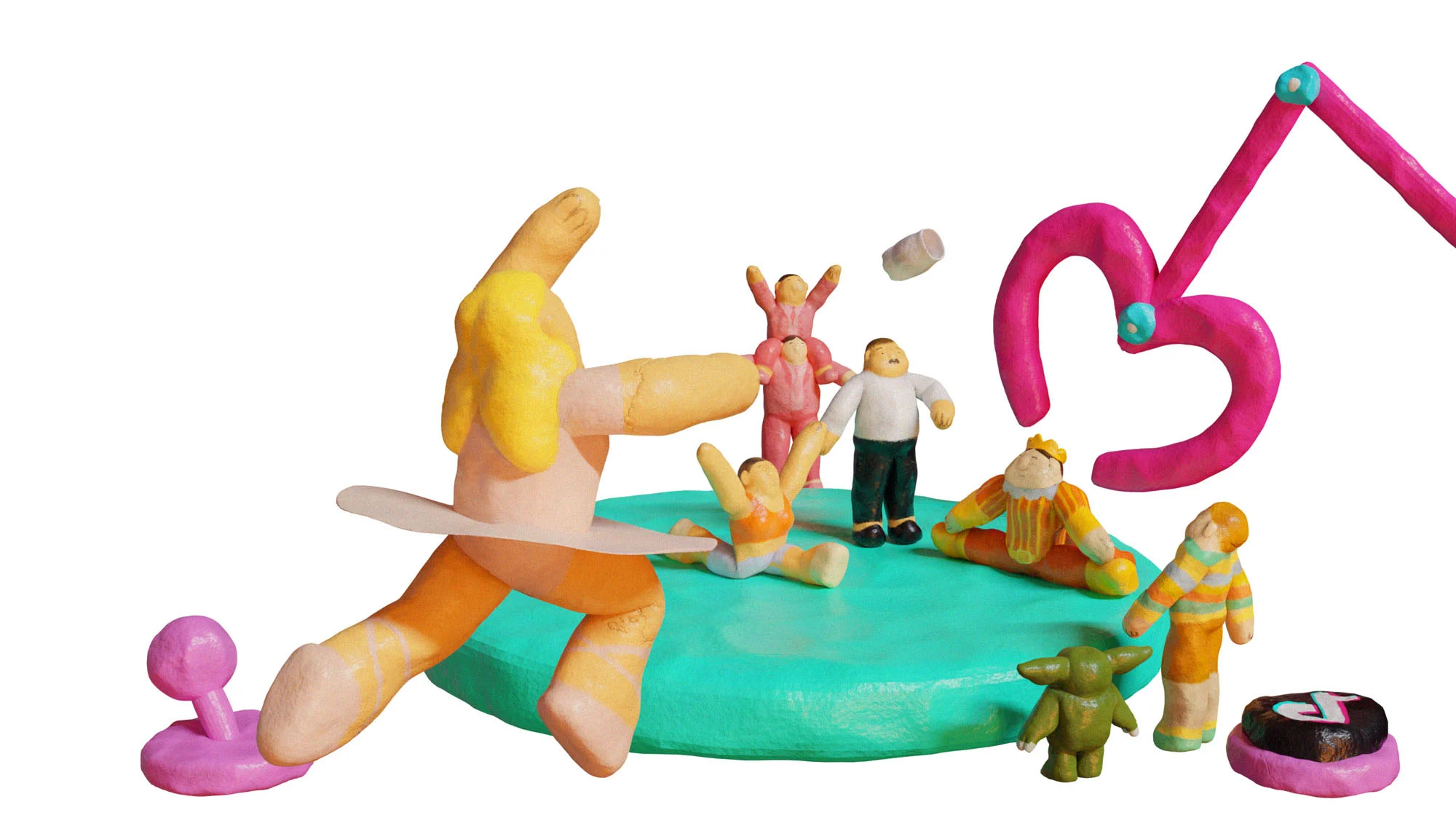
If TikTok really is the place where folks can be their true selves, then it looks like people are into it.
“From my perspective, Instagram offers a perceived perfectionism, whereas TikTok is a bit more raw and unfiltered,” says influencer and Project Director at TikTok Creative Lab Stephanie Hulbert-Thomas. “You can be entirely yourself there—or Yoda, or a comedian, or a ventriloquist, or a food critic and everything in-between.”
Does that mean TikTok is better? As far as social media expert Alvin Engutsamy is concerned (he’s the one responsible for making Ravneet’s content sing, and for producing the videos for her online cookery school, Damson Jelly), yes, yes it is. “There’s a lot of people who are still happy to create content and engage on Instagram,” he says, but in terms of getting yourself out there, “TikTok should be your new best friend.”
Before we dive into accounts of using these platforms and the personal preferences of our esteemed interviewees, here are some facts. In terms of global users, Instagram still reigns supreme, with over 2 billion users worldwide compared to TikTok’s 1 billion. But in terms of growth, TikTok is out there kicking instagram’s butt; it took the platform half the time that Instagram did to grow its user base to 1 billion, and In the first quarter of 2022, TikTok was the most downloaded app in the world (Instagram came a close second). If TikTok really is the place where folks can be their true selves, then it looks like people are into it.
But size isn’t everything, demographics can be just as important if you want to use a social channel to engage with a particular audience. Currently, Instagram is still the best place to reach the broadest group. In the US, it’s the preferred channel of Millennials and the older cohort of Gen Z. But for teens and young adults (those aged 12-24) TikTok has become the platform of choice. If you’re looking to connect with a young and super-engaged audience, then TikTok could be the better bet for you. But only if you know what you’re doing with it.
If you’re just about to start using Instagram or TikTok, I’d say start with TikTok.
That may sound glib, but even the pros seem a little overwhelmed by the scale of the platform: “TikTok is a monster,” says Alvin, whose professional background is in corporate social media, but who has recently gone freelance to run the social accounts of some of London’s most exciting food businesses. “It’s so powerful, it’s so smart. If you’re just about to start using Instagram or TikTok, I’d say start with TikTok.”
And what if you’ve already invested time and energy into building a successful Instagram following? Is it worth abandoning the platform altogether? Plenty of Alvin’s clients ask him that very question. To them he says, “Let’s fix your Instagram and then get you on to TikTok too.”
Plenty of Instagram accounts need fixing, or at least a boost of re-engagement. Recent changes in how its algorithm prioritizes content have left plenty of seasoned accounts floundering, unsure where and how to post video content, or if static posts even cut through anymore. Those of us who were there at the start recall heady days of posting crappy pictures overlaid with one of 10 filters. That now feels like a distant past. Since the introduction of reels (an attempt to challenge TikTok’s dominance in short-form video content) Instagram has completely changed the way that content is served to an account’s followers and its wider user-base. Now, the only way you can get your content out to folks who don’t yet follow you is through videos; specifically reels. Static posts don’t get shared beyond the people who already follow you.
Another blow to engagement came from changes to Instagram’s algorithm that prioritizes posts by users with a large following or a history of high-performing content. By contrast, TikTok is much more egalitarian, serving up content on the For You page whether you’re brand new to the platform or an old pro.
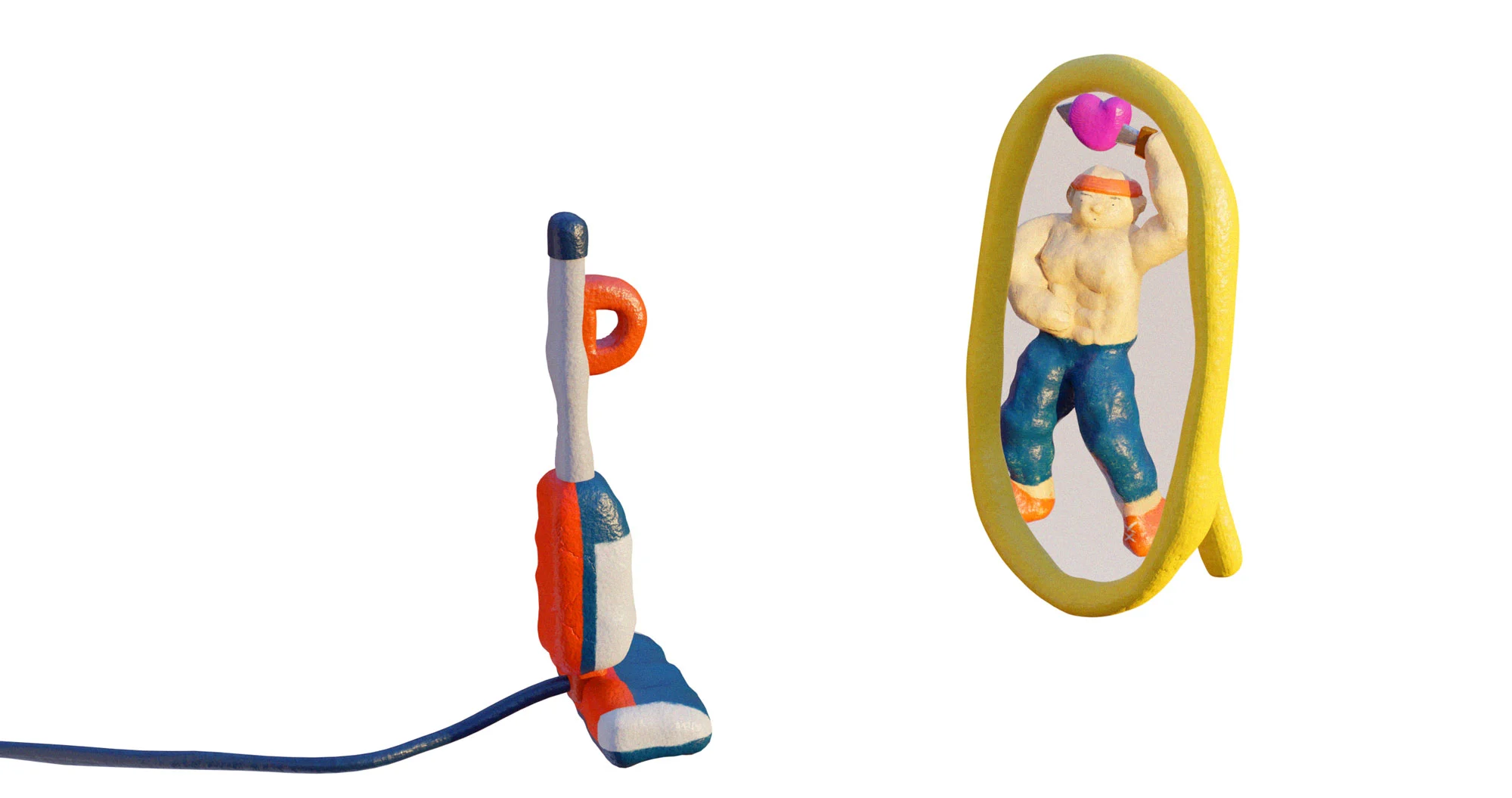
“They say you’re only one video away from your life changing completely on TikTok,” says Alvin. You can go from nobody to viral sensation in the space of a day.
All of which is great, and exciting if you want to be famous, but what about if you just want to share some beautiful art you’ve made, or some nice animation, or a short film? Or how about if you’re a brand looking to promote yourself to a new demographic? Well that’s where things get more complex.
On TikTok, users don’t want to just see what you’re making, they want to see all of you. “They want a person, not a product,” says Stephanie. “The challenge for brands is that they are naturally protective of their products and how they’re perceived, which for a platform like TikTok doesn’t really work.”
While Instagram is now awash with highly polished branded content and made-for-TV ads, this type of content is a big no-no on TikTok. “Things that seem too perfect or polished don’t go viral,” says Stephanie. “People want to watch content and not realize it was from a brand.” For example, in a recent campaign, “Aldi did a great job using the face/lips filter recently to humanize and entertain.” But it’s hard to imagine a luxury fashion brand doing the same.
Likewise if you’re a fine artist, designer, animator or filmmaker who previously thrived posting finished work to your grid, if you want to migrate over to TikTok, you’ll have to find a new way to promote yourself.
The most obvious way of changing things up is to post process videos of your work. It’s a technique that’s worked well for London-based embroidery artist Chloe Amy Avery, whose 63,000 followers are testament to the fact that she must be doing TikTok right. In spite of the shaky camerawork, Chloe’s footage of painstaking embroidery set to trip hop, techno and Eurobeat soundtracks are a captivating and addictive way of showing the intricacies of her process. It’s not how my nan embroidered, but I like it all the same.
Similarly popular is Atlanta-based figurative artist and illustrator Christina Lorré who has gone one step further, turning her process videos into drawing tutorials that also serve as product ads, taking viewers through step-by-step guides to drawing taken from her self-published book Warm up and Sketch. She’s selling a product, and showing off her work, but her TikTok audience gets to engage with the person in a very open and reciprocal way.

This is the kind of content that Stephanie hopes to see more of. “People need to be empowered to create and interpret a product how they see fit,” she says. “There’s a dry shampoo brand that’s trending right now because people are using it as a mic to perform their favorite tracks. That’s not the purpose or use of the product but it’s trending and all over people’s feeds.”
It may all sound haphazard and unpredictable, but that’s kind of the point. TikTok is having the kind of fun that we used to have on Instagram. “You can definitely have more fun on TikTok,” says Alvin.
In fact, if there’s a golden rule to making it big on TikTok (aside from studying the algorithm and aligning your own content with current trends) it’s letting go a bit. “Don’t take yourself too seriously,” says Stephanie. “That’s my approach to most things.”







